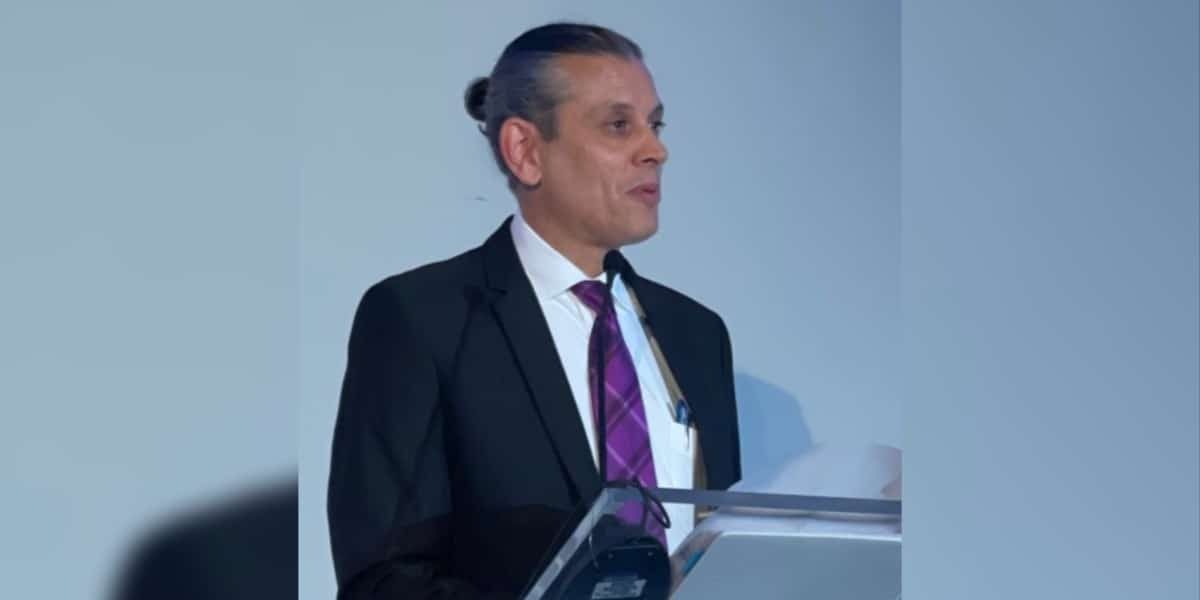By Dr. Seleem Choudhury
The importance of inspiration in leadership has been long known. When people are inspired by the behavior of an individual, that inspiration can shape actions, goals, and outcomes. Ultimately, those who inspire others not only have a “significant positive impact on their followers,” but also on social systems (Cakir, & Adiguzel, 2020).
In order to inspire others, however, a leader must himself be inspired. Effective leaders make it a habit to seek out sources of inspiration rather than expecting it to find them. This starts by knowing yourself, recognizing areas for growth, and determining how to share oneself with others in a meaningful way. Part of knowing yourself is “questioning [your] character, which is defined by the sense of purpose, values, aspirations, and personal resilience” (Shet, 2020). To grow as a leader and a person who inspires others, leaders must begin by creating discomfort. Staying in your comfort zone may be understandable and even logical, but to grow, we must try something new (Resto, 2021). For those who desire to inspire as they lead, this must involve looking for new sources of inspiration.
Inspiration from outside your comfort zone
One of the most-overlooked places for inspiration are people outside your regular work sphere. There are people in different industries who possess amazing abilities, characteristics, and ooze inspiration that you can absorb or emulate. Circumstances that aren’t precisely parallel with those of your own industry are no reason to ignore the wisdom and motivation that can be offered outside one’s circles of influence.
Seeking inspiration from those in our own field can often be hampered by a sense of competition. In a competitive mode we can then become self-critical, which can undermine confidence. By looking for inspiration outside one’s industry, you can learn from others you admire with self-compassion and without unhelpful comparison. You are more readily able to remain in observation mode when interacting with others. “Learning from others depends on people’s ability to integrate their own and others’ experiences” and then understanding what can be learned, adopted or discarded (Moskaliuk, Bokhorst, & Cress, 2016). We may unintentionally be discarding experiences from outside our usual spheres and missing inspiring moments in the process.
Good leaders must shift from this automatic mode and instead observe, note, and adopt, even from unexpected sources. Reflecting on interactions or journaling about encounters with those who inspire us helps us take notice of our surroundings and drive learning.
Furthermore, inspirational leaders set challenging objectives, use symbols to get ideas across, provide meaning for suggested action, envision an attractive and attainable future, and appeal to feelings (Bass, & Riggio, 2006). Leaders must challenge themselves to look at others outside their industry and learn from them and apply their perspectives and approaches to their own work. When leaders show individual consideration or are motivated by others intellectually, they replenish their well of inspiration to draw from to stir up others (Bakker, Hetland, Olsen, & Espevik, 2022).
Consider the examples below of three individuals from different walks of life, then expand this exercise to think of people who inspire from outside your normal day-to-day work and social life.
Profile A. Incarcerated Person serving sentence in prison
In my work with a prison ministry, I have been continuously inspired by a particular Incarcerated Person who exhibits a high level of gratitude. Gratitude is defined as “a generalized tendency to recognize and respond with grateful emotion to the roles of other people’s benevolence in the positive experiences and outcomes that one obtains (Li, Wu, Brown, & Dong, 2022).” Observing how this person speaks and interacts with others and noticing the ways his gratitude inspires the same in those around him is challenging and instructive. Leaders can learn from his example how to cultivate gratitude that is contagious—even in challenging circumstances.
Profile B. School Nurse providing daily day-to-day care in a school system
A School Nurse was concerned that her colleagues were no longer seeing the best in their students and appeared to be exhibiting compassion burnout. Compassion doesn’t follow a give-and-take approach, and the school nurse had experienced this first-hand. Her response to her colleagues’ attitudes toward their students was to “ask questions that allow them to interrogate their approach and teach them to spot their own assumptions” by simply asking why (Davey, 2023). This was sometimes as simple as asking teachers why a student needed to seek medical attention when no medical issue existed or giving feedback to the teacher about the student that humanized the pupil, thus helping the teacher to see the child beyond any preconceived notions, refreshing an incomplete perception of the student, and reestablishing a compassionate connection between the student and teacher.
Profile C. Public Relations and Marketing Manager in the tourism industry
A Marketing Manager works hard within her team to improve the team dynamics. She facilitates discussion on a project to improve employee engagement, helps diminish team members’ frustration, and examines ways that offering the option to work either remotely or in-person can be fulfilling and engaging. Her desire to see the team perform well together and her compassionate, creative, and flexible approach to their well-being influences her employees’ performance and contributes to the success of the organization (Swanson, Kim, Lee, Yang, & Lee, 2020).
Profile D. Yoga Instructor
Health and peace are closely linked. A Yoga Instructor inspires by focusing on developing health and by teaching her pupils to cultivate and increase their self-awareness, body-awareness, emotional regulation, and attention regulation through relaxation, diet, exercise, and challenging the status quo of Western medicine (Fogel, 2020). Her teachings promote confidence in their sense of self that allows them to engage with intentionality and to respond to challenges in a way that is experienced as authentic by both the leader and those they are leading (Fonow, Cook, Goldsand, & Burke-Miller, 2017).
Conclusion
As Shivam Agarwal muses, often, “we surround ourselves with people we are most comfortable with and forget about the world which exists in the parallel” (Agarwal, 2019). Effective leaders seek inspiration from individuals who are “enthusiastic about their job, their life, or their family, and who convey their enthusiasm and good energy” to others (Economy, 2016). However, it may feel fresher or more distinct when it’s outside the industry that you are embedded within. The attitudes of people who are passionate about what they do are infectious, and these people exist in many unexpected places if you are willing to take the time to observe.
Experienced leaders know that “what works in one situation will not necessarily work every time” (McKinsey and Company, 2022). Therefore, diverse experiences and exposure to events, situations, and people will help develop a vast repertoire of skills, which will not only catalyze your personal growth, but will also increase the likelihood of being successful in different situations.
Self-assessment and reflection are key to finding inspiration and inspiring others. The next time you interact with a colleague or someone outside your organization, try writing down as many things as possible that inspire you about that person. Note why it inspires you and consider your current ability on the traits you listed to discern how their example might help you grow as a leader.
In the words of leadership expert Jeff Moore: “It may seem that inspiration is what leads to action but this is not always true; the truth is that action is what leads to inspiration” (Moore, 2022).
Author’s Bio: An international clinician and operational executive with a demonstrated record of exceeding clinical and financial metrics, for developing talent, for redeveloping strategy and service lines in Academic Hospitals and Health Systems & Community Settings, and for being a positive deviant facilitating change within healthcare. Intimately familiar with U.S. Healthcare’s political, regulatory, and health environment. Experience with strategic planning in complex multi-entity environs and cultures, alignment, and integration, within integrated delivery systems. Passionate about advancing affordable population strategy using data, establishing high quality, safety, and strong relationship building with the objective of improving the patient, family, and the employee and provider experience.

















